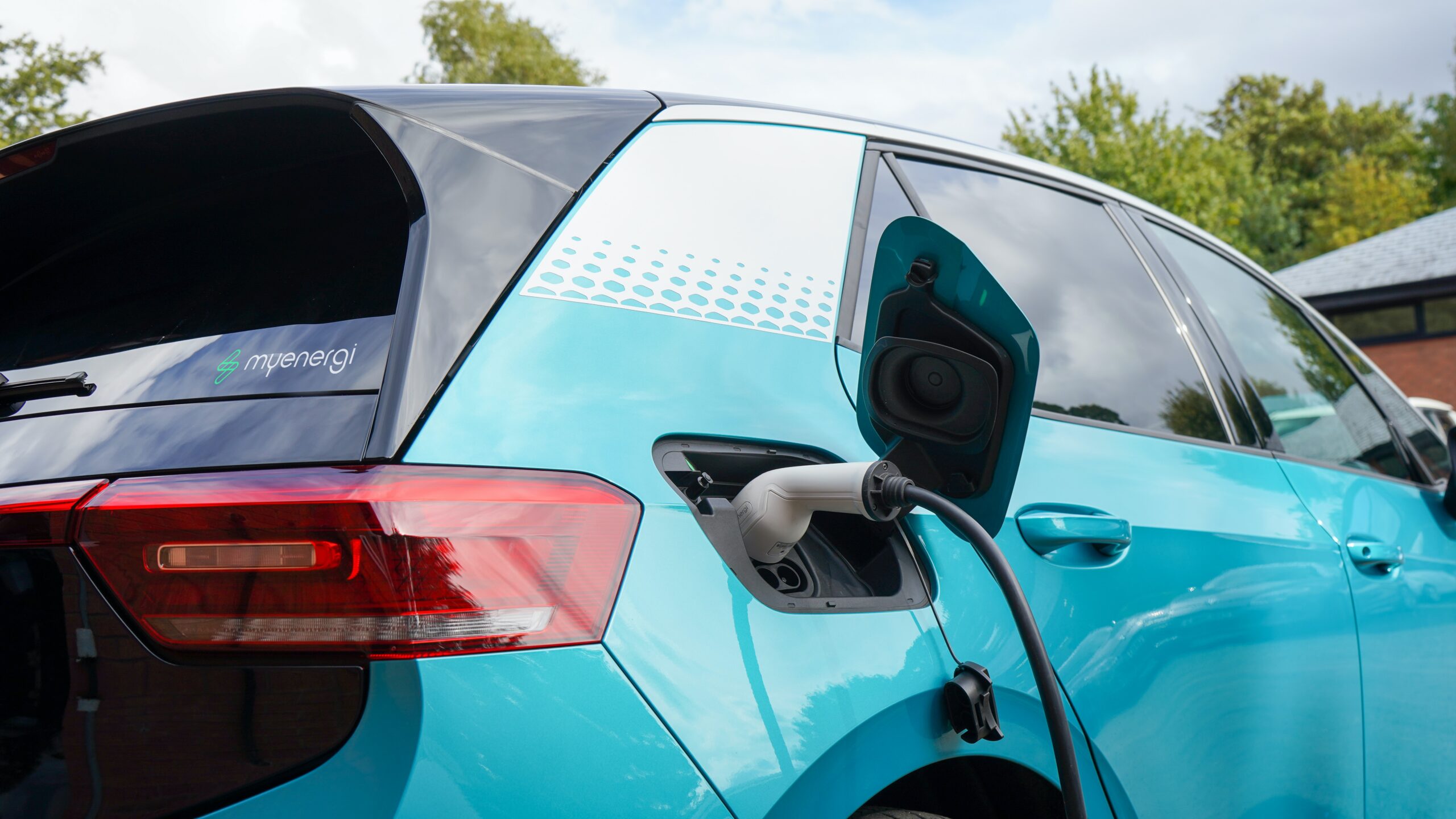Hey there! So you’ve been working hard on your digital marketing campaigns, but now it’s time to assess the success of your efforts. How do you measure success in the digital world? Well, that’s where Key Performance Indicators (KPIs) come into play. These are the metrics you need to track in order to understand if your digital marketing strategies are effective or not. Let’s dive in and explore some practical examples of KPIs in digital marketing!
1. Website Traffic:
The number of visitors to your website is a basic KPI that helps you gauge the overall interest in your brand or business. You can track this using tools like Google Analytics. For example, if you have an e-commerce website, an increase in website traffic may lead to more sales. On the other hand, a decline in traffic may indicate that your marketing efforts need some adjustments.
2. Conversion Rate:
This KPI measures the percentage of website visitors who take a desired action, such as making a purchase, filling out a form, or subscribing to a newsletter. By tracking your conversion rate, you can better understand the effectiveness of your website in driving desired customer actions. Let’s say you run a lead generation campaign, and your goal is to get visitors to request a quote. If your conversion rate is low, it may indicate that your website or landing page needs optimization to encourage more conversions.
3. Customer Lifetime Value (CLTV):
This KPI measures the revenue generated by a customer over their entire relationship with your business. By calculating the CLTV, you can determine the value of acquiring new customers and retaining existing ones. For instance, if you run an online subscription service, tracking the CLTV can help you determine the return on investment (ROI) of acquiring new subscribers and how much revenue you can expect from each customer.
4. Social Media Engagement:
This KPI measures the level of interaction and engagement your brand receives on social media platforms. It includes metrics like likes, shares, comments, and clicks. By tracking social media engagement, you can assess how well your content resonates with your audience and whether your social media campaigns are driving the desired engagement. For example, if you notice a high number of shares and comments on a particular social media post, it signifies that your content has struck a chord with your target audience.
5. Email Open Rate:
For businesses that use email marketing, the email open rate is a crucial KPI. It measures the percentage of subscribers who open your emails. A higher open rate indicates that your subject lines and email content are engaging and interesting to your audience. On the other hand, a low open rate could mean you need to improve your email marketing strategy. To increase your open rate, you can experiment with different subject lines, personalization, or sending emails at different times.
Remember, these are just a few examples of KPIs in digital marketing. The choice of KPIs will depend on your specific marketing goals and objectives. It’s essential to regularly track these metrics to gain insights into your digital marketing performance and make informed decisions to optimize your strategies. Good luck measuring your success in the digital world!
—





































